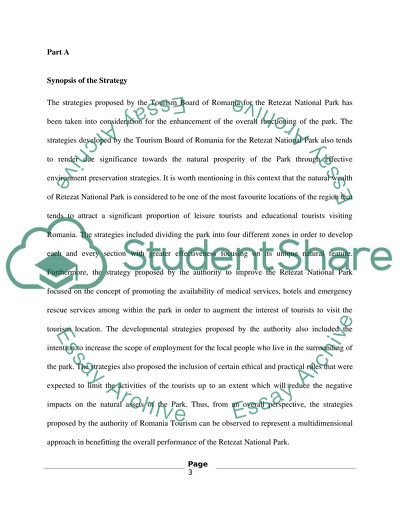Cite this document
(“Sustainable Tourism Strategy for Romania National Park Essay”, n.d.)
Retrieved from https://studentshare.org/tourism/1477408-sustainable-tourism-strategy-for-romania-national
Retrieved from https://studentshare.org/tourism/1477408-sustainable-tourism-strategy-for-romania-national
(Sustainable Tourism Strategy for Romania National Park Essay)
https://studentshare.org/tourism/1477408-sustainable-tourism-strategy-for-romania-national.
https://studentshare.org/tourism/1477408-sustainable-tourism-strategy-for-romania-national.
“Sustainable Tourism Strategy for Romania National Park Essay”, n.d. https://studentshare.org/tourism/1477408-sustainable-tourism-strategy-for-romania-national.


